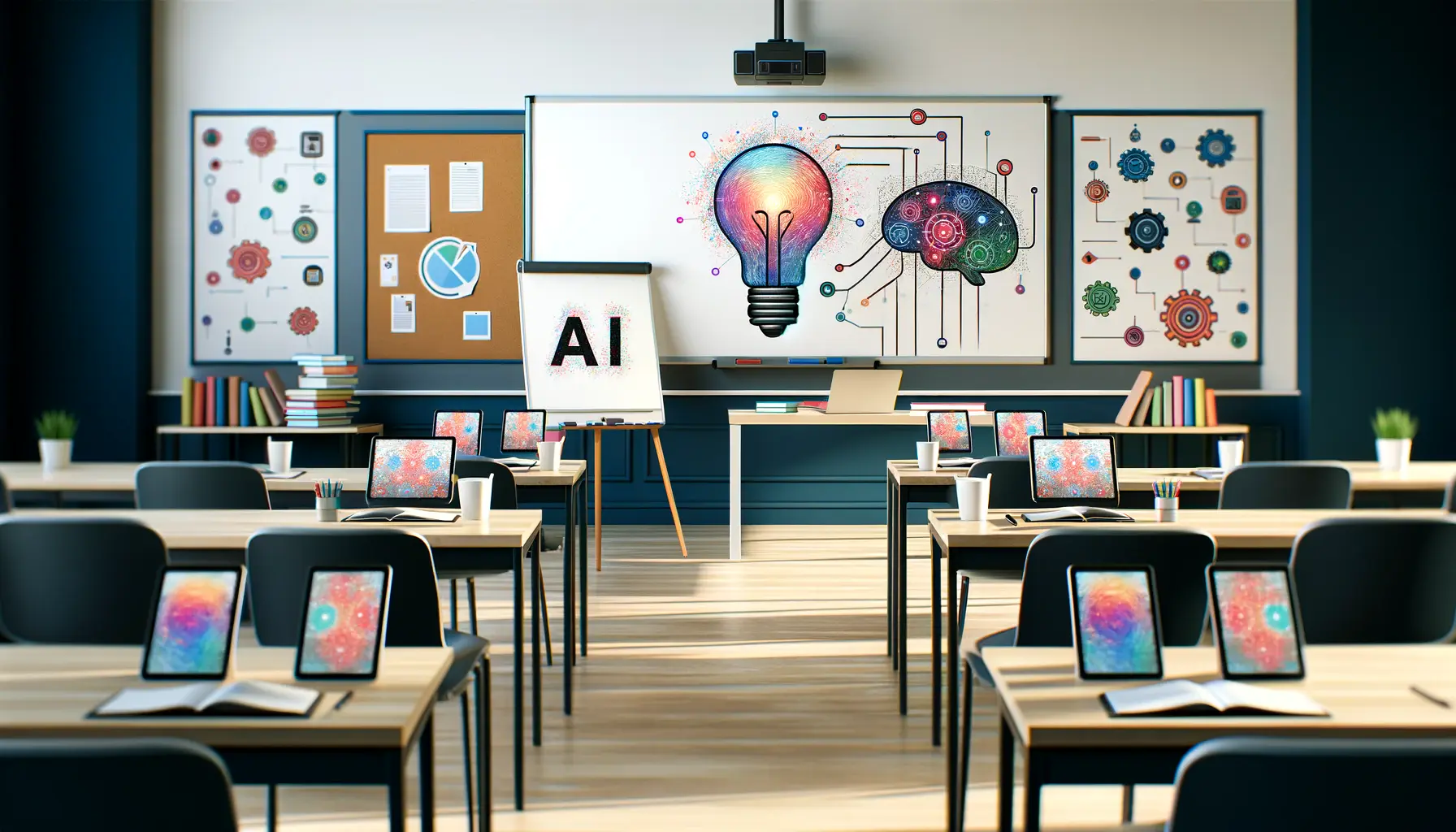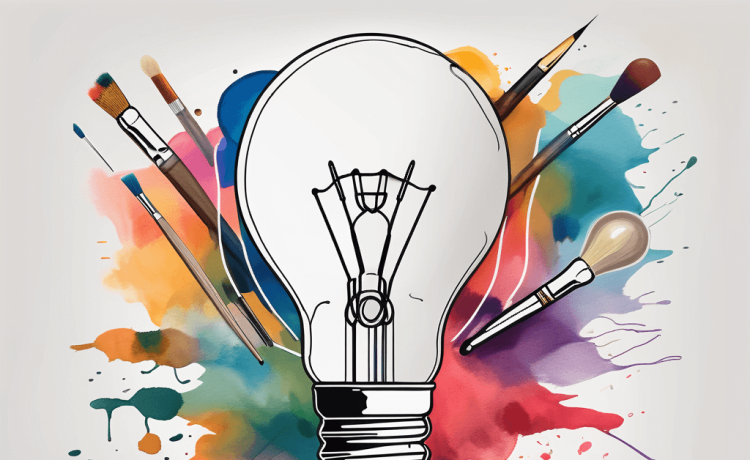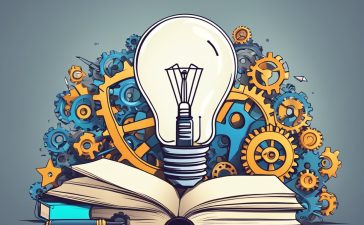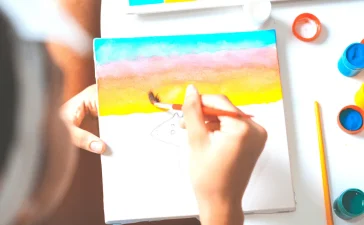In a world increasingly driven by science, technology, and standardized metrics, the value of arts in education is often questioned, marginalized, or overlooked. Yet, across centuries and cultures, the arts have proven to be not only a form of creative expression but also a fundamental element of human development and intellectual growth. From painting and music to theater and digital media, the integration of arts into education fosters imagination, critical thinking, emotional intelligence, and cultural awareness.
As we navigate the 21st century—an era demanding both innovation and empathy—the fusion of arts and education becomes more important than ever. This article explores how the arts enhance educational experiences, promote holistic development, and prepare students for the challenges of the future.
Understanding the Role of Arts in Education
Arts in education refers to the inclusion of visual arts, music, dance, drama, and other creative disciplines within formal learning environments. This can take many forms: standalone art classes, integration of arts into core subjects, after-school programs, or project-based learning that incorporates artistic expression.
Education that includes the arts doesn’t just teach students how to draw or play an instrument—it teaches them how to think creatively, solve problems, collaborate, and communicate ideas in dynamic ways.

Contrary to the belief that arts are extracurricular or less essential than math and science, research shows that students who engage in arts education perform better in other subjects, show greater emotional development, and are more likely to graduate.
Cognitive and Academic Benefits
Arts education plays a significant role in enhancing brain function and academic achievement. Numerous studies indicate that students who participate in the arts:
-
Score higher on standardized tests
-
Have improved verbal and mathematical skills
-
Develop better memory and concentration
-
Exhibit higher-order thinking and problem-solving abilities
Why is this the case? Engaging in the arts stimulates both hemispheres of the brain. For example, playing music strengthens auditory skills and pattern recognition. Drawing sharpens visual-spatial skills. Theater enhances verbal communication, empathy, and social understanding.
Moreover, integrating arts into academic subjects helps students retain information. A history lesson that includes storytelling or dramatization is more memorable and engaging than one that relies solely on a textbook.
Emotional and Social Development
The arts also contribute significantly to emotional intelligence and social growth. Creative expression allows students to explore their emotions, process experiences, and develop a sense of identity. It provides a safe outlet for self-discovery and personal voice, especially for those who may struggle with traditional academic approaches.
Participating in group performances, exhibitions, or collaborative projects helps develop empathy, cooperation, and respect for diverse perspectives. Students learn to listen, give feedback, and support one another. These skills are vital—not just for academic success, but for functioning in a global, multicultural society.
Art teaches us not just how to observe the world, but how to interpret it and respond thoughtfully.
Encouraging Creativity and Innovation
In today’s rapidly changing world, creativity is no longer optional—it’s essential. Employers increasingly value skills like adaptability, critical thinking, and innovation. Arts education is one of the most effective ways to nurture these abilities.
When students engage with the arts, they learn to experiment, take risks, and think outside the box. A blank canvas or stage becomes a space to imagine what’s possible and explore multiple solutions to a problem. These are precisely the mindsets needed in fields like entrepreneurship, design, science, and technology.
Arts education doesn’t just create future artists—it helps create future leaders, inventors, educators, and changemakers.
Cultural Literacy and Global Awareness
Art is a universal language that transcends boundaries. Through the study of different art forms from around the world, students gain insight into diverse cultures, histories, and traditions. This fosters cultural appreciation, tolerance, and a sense of global citizenship.
For example, learning about African drumming, Japanese calligraphy, or Native American storytelling not only enriches students’ knowledge but also teaches them to value cultural expression and understand shared human experiences.
In a globalized society, such awareness is crucial for building bridges and encouraging mutual respect.
The Importance of Arts in Early Childhood Education
Introducing arts at a young age is particularly impactful. Early childhood is a critical period for brain development, and arts-based activities like singing, drawing, and imaginative play stimulate cognitive growth and fine motor skills.
Preschool and elementary programs that emphasize creativity tend to produce more confident, curious, and engaged learners. These early experiences lay the foundation for a lifelong love of learning and creative thinking.
Additionally, early exposure to the arts can help identify and support children with learning differences, giving educators new ways to connect with and support each child.
Challenges Facing Arts Education
Despite its many benefits, arts education faces numerous challenges. Budget cuts, high-stakes testing, and a growing emphasis on STEM (Science, Technology, Engineering, and Math) subjects have led many schools to reduce or eliminate arts programs. This disproportionately affects underfunded schools, where students may have few other opportunities for artistic exposure.
There’s also a perception problem—arts are sometimes viewed as non-essential or “soft” subjects. Changing this narrative requires advocacy, awareness, and strong leadership from educators, parents, and policymakers.
We must move away from the idea that arts are optional and recognize them as a core component of a quality education.
Integrating Arts into the Curriculum
To truly harness the power of arts in education, schools can take an integrative approach. This doesn’t mean replacing math or science with painting and poetry—but finding creative ways to blend subjects together.
For example:
-
A science class might include building models or drawing diagrams.
-
A history project could involve reenacting key events through drama.
-
Math lessons can be enhanced with rhythm, patterns, and visual design.
Cross-disciplinary learning helps students see the interconnectedness of knowledge and apply concepts in more meaningful ways.
Partnerships with local artists, museums, theaters, and cultural organizations can also enrich school programs and provide students with real-world artistic experiences.
The Future of Arts in Education
As we look toward the future, it’s clear that the most successful education systems will be those that embrace the arts as vital to student development. With the rise of digital tools, students can now access a broader range of artistic media—from digital painting to video production to online music creation.

Technology can be a powerful ally in expanding access to the arts, especially in remote or underserved communities. However, we must balance this with the preservation of traditional forms and hands-on experiences that foster tactile learning and personal expression.
Ultimately, a well-rounded education must include the arts—not as an afterthought, but as a central pillar.
Conclusion
The integration of arts and education is not just about teaching students how to draw, dance, or play an instrument. It’s about cultivating imagination, empathy, critical thinking, and a deeper connection to the world. It’s about preparing students—not only to succeed in exams, but to thrive in life.
When we invest in arts education, we invest in more creative classrooms, more inspired students, and a more compassionate, innovative society. As educators, parents, and citizens, we must champion the arts—not just for the artists of tomorrow, but for the thinkers, leaders, and visionaries they will become.






